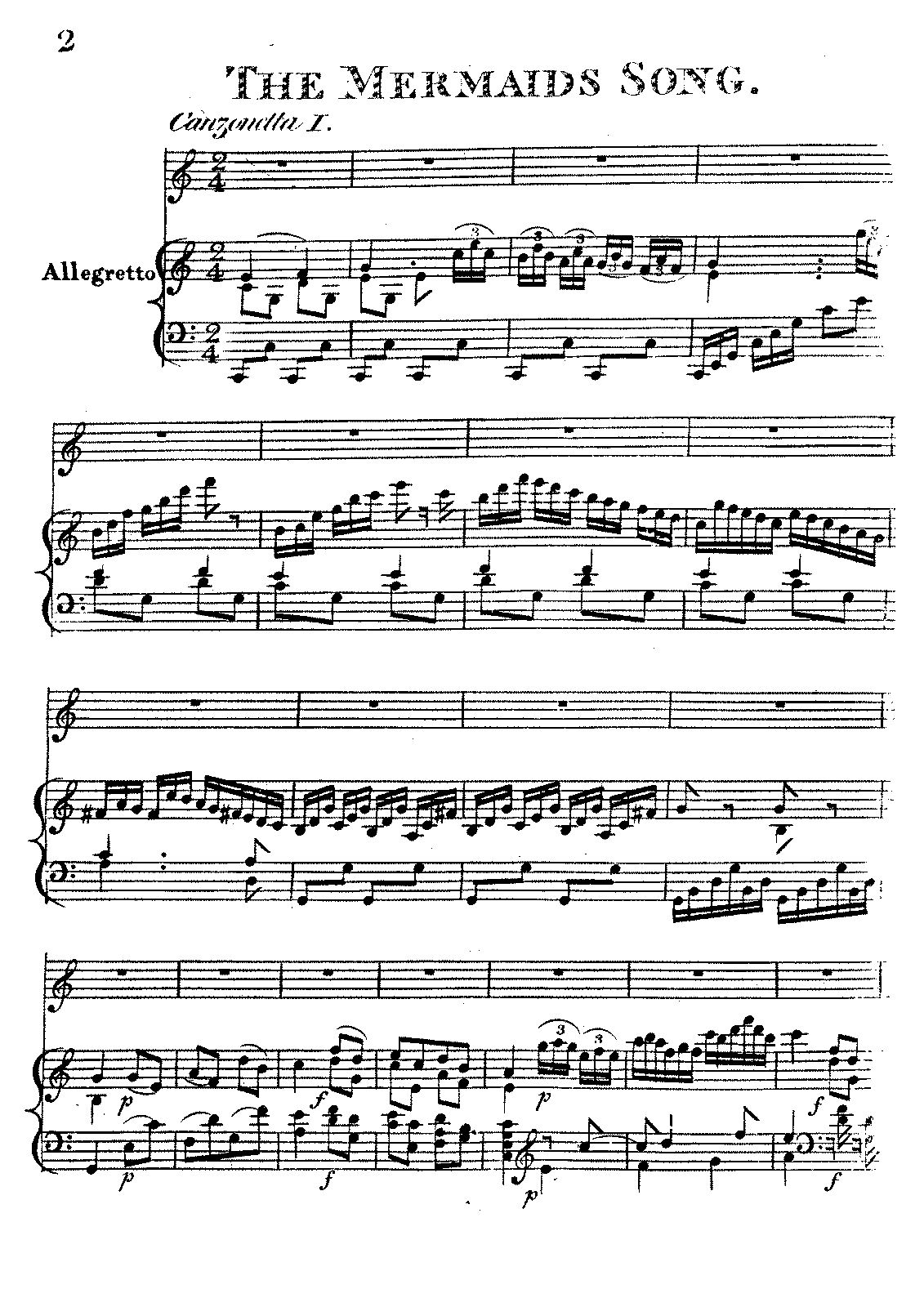

Saint Cecilia is the Patron Saint of Musicians, Music in general, and Church Music in particular. Saint Cecilia - the Patron Saint of Music Many other classical composers have contributed to the repertoire of hymn tunes used in church including Mendelssohn, Sullivan and Gounod to name a few. It was not until the time of Beethoven that composers were relatively independent artists but traditions continue, and even Beethoven and later composers have composed Masses and Requiems. The pace of development continued right up to the Baroque and Classical periods, where important composers were still frequently employed by the church such as Antonio Vivaldi and Johann Sebastian Bach. Two composers closely involved in such developments in England were Thomas Tallis and William Byrd. At the time of the reformation, the church underwent substantial change and this had knock on effects on the use of music.


Over the course of many years music was nurtured in this environment, different forms were developed, the concept of harmony evolved from simple rules of accompaniment based on intervals, and melodies were combined in different ways to form polyphony. Since her music was recorded on paper and preserved by the order, it represents some of the earliest known examples of such music. On the creative side, she wrote poetry and set this and liturgical texts to music, writing hymns and religious songs. Well educated, well-read and intelligent, she engaged the greatest thinkers and most influential people of the day in all manner of correspondence on a wide range of topics. One reasonably well-documented case of an early composer flourishing in a religious setting was Hildegard of Bingen (1098-1179) who became a nun attached to a monastery in Germany and later founded her own convent. Pivotal Composers in the history of the church However the stave has 4 instead of 5 lines and, although the blobs vary in spacing, the rhythm is not particularly clear and not divided into bars. At the right is an example of early music notation, and the recognisable features include a stave of horizontal lines with blobs for the notes. Prior to this music was learned by example, and other than deductions which can be made from pictures and engravings of musicians on the one hand, and descriptions recorded in literature on the other, we know very little about how music really sounded before the invention of music notation. It was in the hands of the church that our current form of music notation was invented and then refined. These two factors combined not simply to pass on existing musical traditions, but to further develop them in various directions. Secondly music (perhaps because of its ability to heighten emotional experience - see What is Music?) has always been an integral part of the process of worship, and much energy was dedicated to this pursuit and developing those musical skills in order to perfect that means of worship. Firstly the early church was in several ways like the universities of today, educating its members in many subjects, fostering further research and documenting findings, retaining libraries of its knowledge to pass on to future generations. A well-known example of Gregorian Chant is the Dies Irae (or Day of Wrath) associated with Judgement Day and used for centuries by the Church during Requiem Massess.Ī number of significant factors contributed to the church's being the natural incubator nurturing music in this way. While very different in sound from music as we know it today, it obeys early rules of form which were later to develop into important musical concepts. An example of early religious music is unaccompanied plainsong, which under its alternative name of Gregorian Chant has made something of a comeback in recent times.
#Hymn set to music by vivaldi and haydn series
Although music has no doubt been an important part of life for many cultures since antiquity, it was in the hands of the Western Christian Church that music underwent important developments that were to send it on a series of courses leading ultimately to classical forms and then on to influence today's myriad musical styles.


 0 kommentar(er)
0 kommentar(er)
